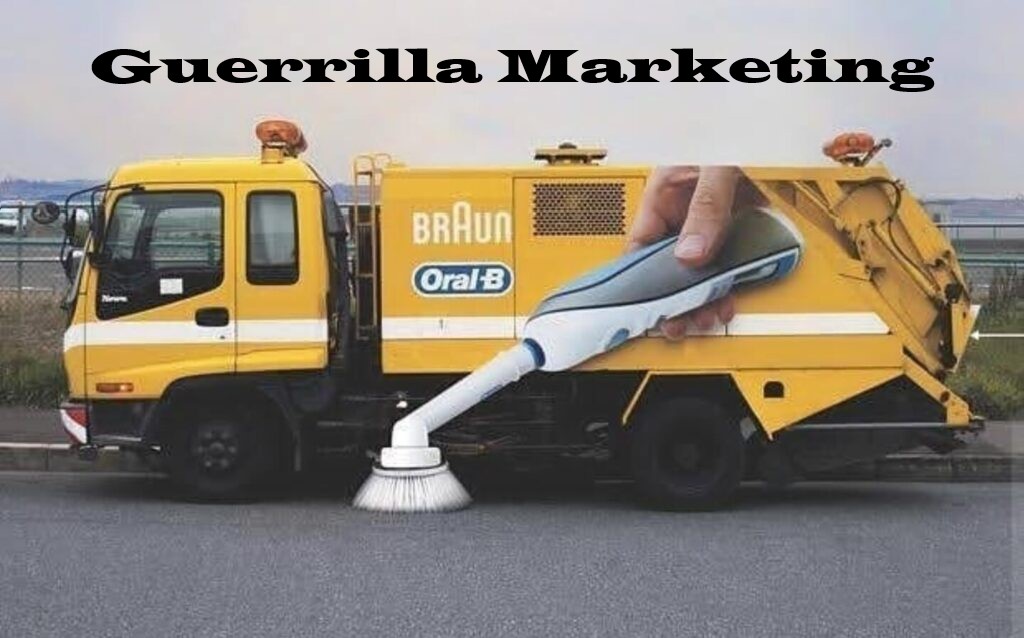
Guerrilla marketing tactics have become an effective way for companies to stand out and engage consumers without the high costs associated with traditional marketing. By using unconventional and creative strategies, businesses can generate buzz and build brand awareness in memorable ways. Guerrilla marketing tactics rely on innovation, surprise, and the power of word-of-mouth, making them ideal for small businesses, startups, and even large corporations aiming to make an impact.
What Are Guerrilla Marketing Tactics?
Guerrilla marketing tactics are innovative strategies aimed at creating maximum exposure with minimal investment. Unlike traditional advertising, which depends on large budgets and mass media, guerrilla marketing focuses on unexpected, often interactive experiences. These tactics are highly effective because they use surprise to engage consumers with a brand in unique ways. For instance, street art, flash mobs, or augmented reality experiences are creative methods businesses use to promote products.
A successful example of guerrilla marketing is Burger King’s “Whopper Detour,” which used geofencing technology to offer a Whopper for a penny near McDonald’s. This campaign led to over 1.5 million app downloads, showing how guerrilla marketing and technology can drive engagement. Similarly, Nike’s “Write the Future” campaign used guerrilla tactics, generating millions of views and strengthening Nike’s brand during global sporting events.
The Power of Guerrilla Marketing
Guerrilla marketing is evolving through digital technologies, making campaigns more scalable and impactful than before. For example, drones and projections now display brand messages in public spaces, while social media helps these campaigns go viral. Guerrilla marketing often combines online and offline channels, enabling businesses to amplify campaigns with minimal investment.
Digital platforms like TikTok and Instagram enhance guerrilla marketing by allowing users to share experiences instantly. This transforms local marketing stunts into global sensations when users spread branded content. Campaigns like Spotify’s “Wrapped” show how personalized data fosters engagement and a sense of belonging.
Key Challenges and Considerations
While guerrilla marketing can generate significant attention, it also comes with its challenges. The unconventional nature of these tactics means businesses need to be mindful of potential legal issues, such as permits for public stunts or advertisements that may infringe on public property laws. It’s important to ensure that campaigns do not annoy or offend target audiences. For instance, stealth marketing, where customers may not immediately realize they are being marketed to, can backfire if done improperly.
Another consideration is scalability. Guerrilla marketing campaigns often work best when they are localized or focused on a specific event or moment in time. For global brands, replicating these experiences across different markets can be difficult without losing the impact of the original campaign. However, partnering with local influencers and businesses can help overcome this challenge, allowing brands to maintain a local flavor while expanding their reach.
Guerrilla Marketing Tactics for Businesses
Businesses can use various guerrilla marketing tactics to create memorable campaigns. Street marketing involves using public spaces to engage customers with interactive elements like chalk art or graffiti. Placing brand messages in high-traffic areas allows businesses to connect with consumers in personal ways. Flash mobs, another guerrilla tactic, involve performers surprising the public with coordinated routines, generating buzz and excitement.
Pop-up shops and experiential events offer unique, immersive experiences. By setting up temporary stores, brands can promote exclusive offers, encouraging customers to share online. Collaborating with influencers can further amplify these campaigns, helping reach more audiences without traditional advertising.
Guerrilla marketing is cost-effective and creative, making it easier for businesses to stand out. Focusing on creativity and interaction allows brands to foster deeper consumer connections and generate significant attention. As technology evolves, guerrilla marketing remains a valuable tool for making a lasting impression.

